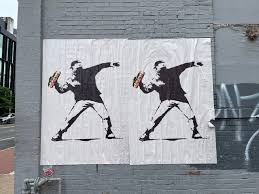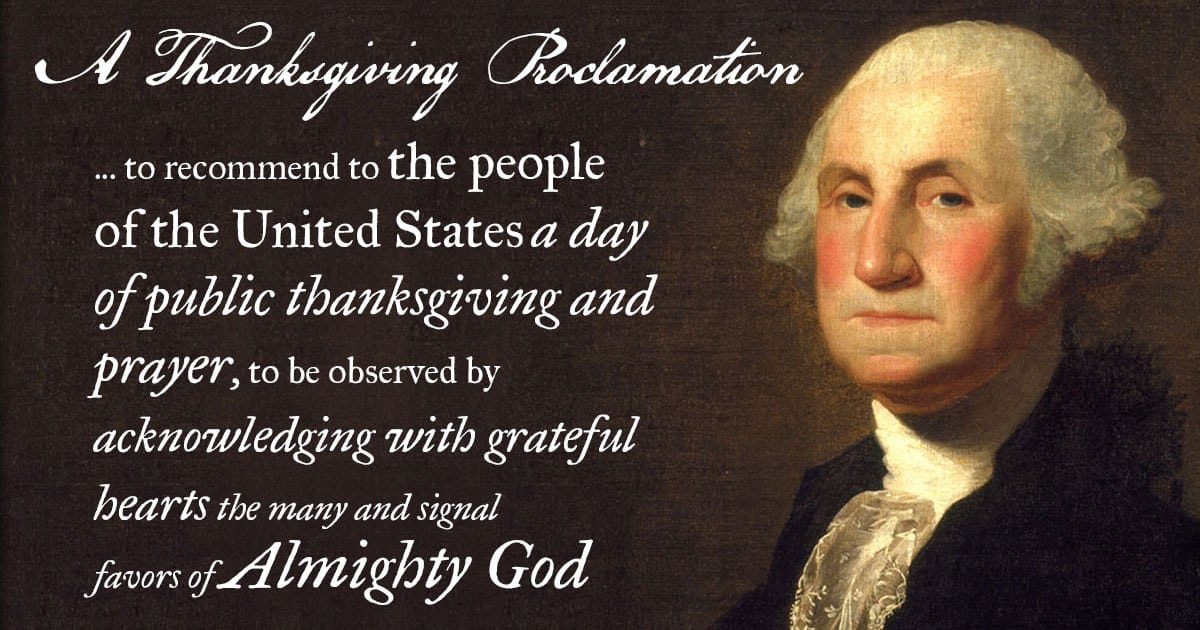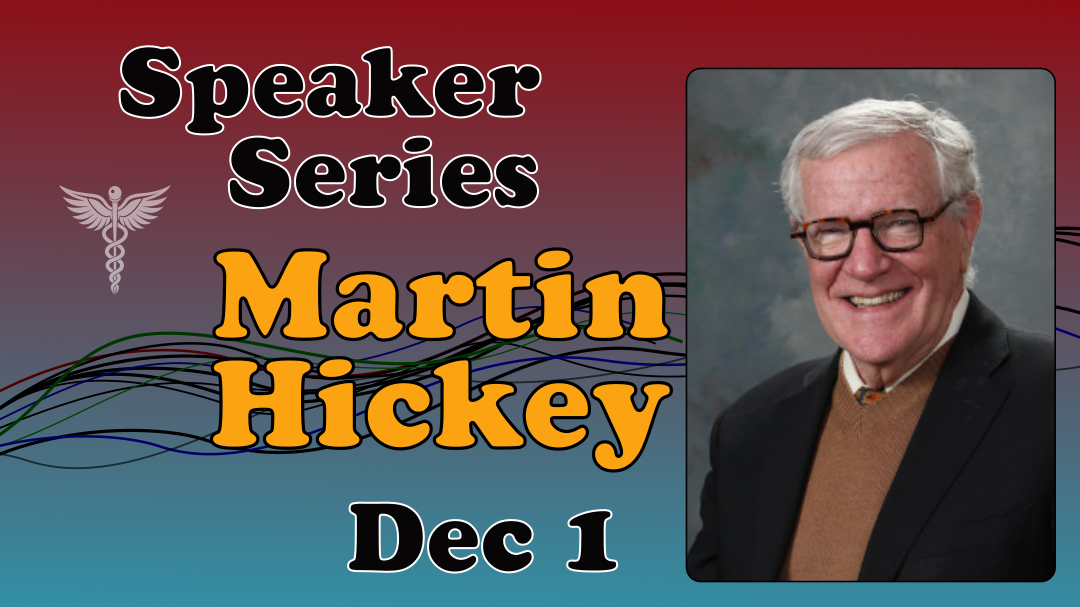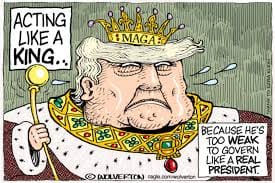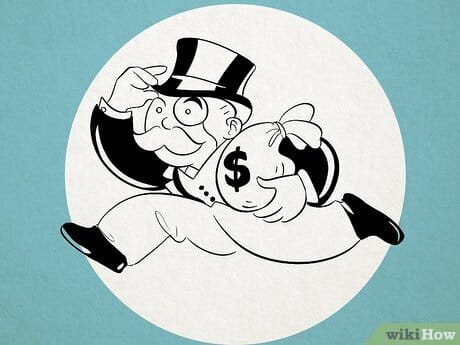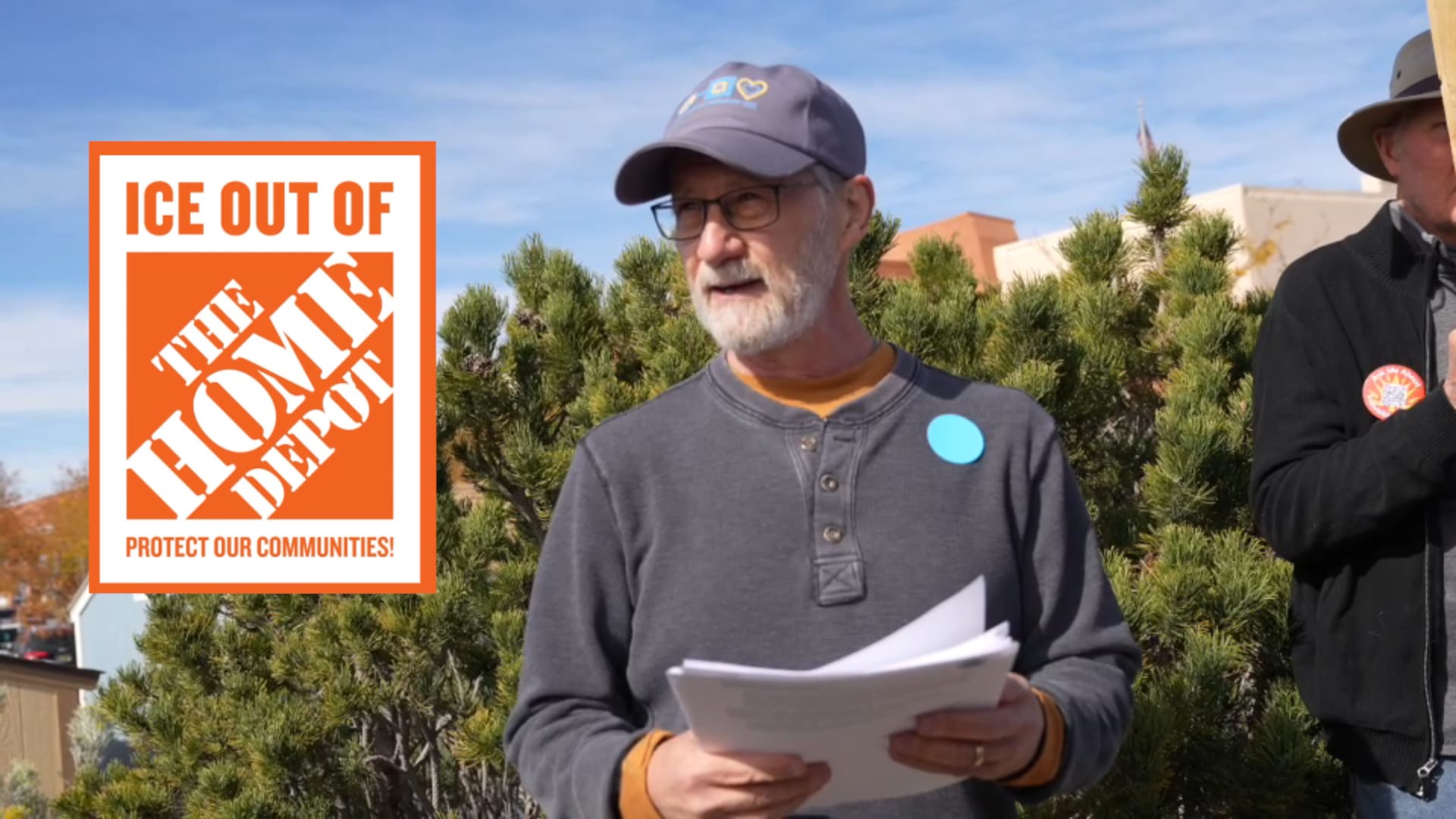Our Founders considered trial by jury to be so important that they enshrined it into the Bill of Rights not once, but three times.*
In legal tradition, the principle that no one shall be punished “except by the lawful judgment of his peers” dates back to the Magna Carta of 1215, adopted to check the abusive and arbitrary reign of King John. At the time of the American Revolution, juries could rule on matters of both fact and law. They were in some respects the “Supreme Court” of the day. Ordinary citizens, hearing all the evidence, had the final say over whether those accused of a crime would go to jail or walk free, a bulwark between the private individual and the massive law enforcement machinery of the state.
A jury verdict of “not guilty” is still a nearly invincible shield against a tyrannical government. Consider the case of Sean Dunn, a Washington, D.C. resident who gained notoriety last summer for throwing a sandwich at a U.S. Customs and Border Protection agent after troops had been called in to pacify the nation’s capitol.
According to charging documents, "on Sunday, Aug. 10, at about 11 p.m., Metro Transit Police and members of the U.S. Customs and Border Protection, were patrolling on the 2000 block of 14th Street NW. Dunn allegedly approached one of the CPB officers, pointed his finger in the officer’s face, and shouted 'F— you! You f—ing fascists! Why are you here? I don’t want you in my city!'"
Though Dunn tried to turn himself in when he learned of a warrant for his arrest, he found himself waking up to 20 federal agents storming his apartment the next day to charge him with felony assault, an offense that carries a sentence of up to three years in prison. Yet two weeks later, the charges were reduced to a misdemeanor when a federal grand jury refused to indict him. By then, Dunn had become a local folk hero, with Banksy-style images of a man hurling a sandwich appearing on city storefronts as an icon of resistance to oppression.
Jury nullification is becoming more common as Trump’s Department of Justice cracks down on peaceful assembly and legitimate dissent. When the Texas National Guard deployed to Chicago last month in “Project Midway Blitz,” street demonstrations intensified and two protesters, Ray Collins and Jocelyne Robledo, were arrested for allegedly “refusing to retreat” when ordered to do so, then subsequently charged with assault. On October 10, the charges were dismissed without prejudice, again after federal prosecutors were unable to convince a grand jury that any crime had been committed.
Grand juries are assembled by the District Attorney and hear only one side of the story—the evidence the state wants them to hear, giving rise to the adage that any decent prosecutor should be able to indict a ham sandwich. While criminal convictions need proof of wrongdoing “beyond a reasonable doubt,” grand jury indictments require only “probable cause” that mischief has occurred, a much lower standard. That may be the reason why Bill Essayli, the U.S. District Attorney for Central California appointed by Pam Bondi, could be heard screaming in a Los Angeles courthouse last summer when a grand jury refused to criminally charge thirty-one protesters he claimed were interfering with ICE. As the Founders intended, ordinary citizens were inserting themselves as checks against a criminal justice system running rampant over any sense of decency.
That same system is readying to target not just protesters, but also political enemies of Donald Trump, from James Comey and Letitia James and John Bolton to civil society organizations like ActBlue, Indivisible, and George Soros’s Open Society Foundation, which are being tarred as fomenting violence and sedition. Expect more investigations, more subpoenas, more arrests, more summons, more allegations of criminal conspiracy against Americans lawfully exercising their rights.
But in these dark times, juries give me hope: a handful of everyday folks not so different than you or me, weighing the facts, trying to distinguish the truth from the lie, sitting in judgment not just over their fellow man but also over the legitimacy of Pam Bondi and the Department of Justice itself, deliberating and trying to reach a consensus, not just about the statute that’s on the books but about what’s fair and just and right.
“Trial by jury is the cornerstone of our liberty," James Madison said over two hundred years ago. Now, it may be one of our last lines of defense.
*Amendment 5: No person shall be held to answer for a capital, or otherwise infamous crime, unless on a presentment or indictment of a Grand Jury, Amendment 6: In all criminal prosecutions, the accused shall enjoy the right to a speedy and public trial, by an impartial jury, and Amendment 7: In Suits at common law, where the value in controversy shall exceed twenty dollars, the right of trial by jury shall be preserved,


